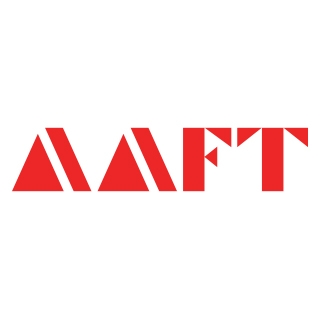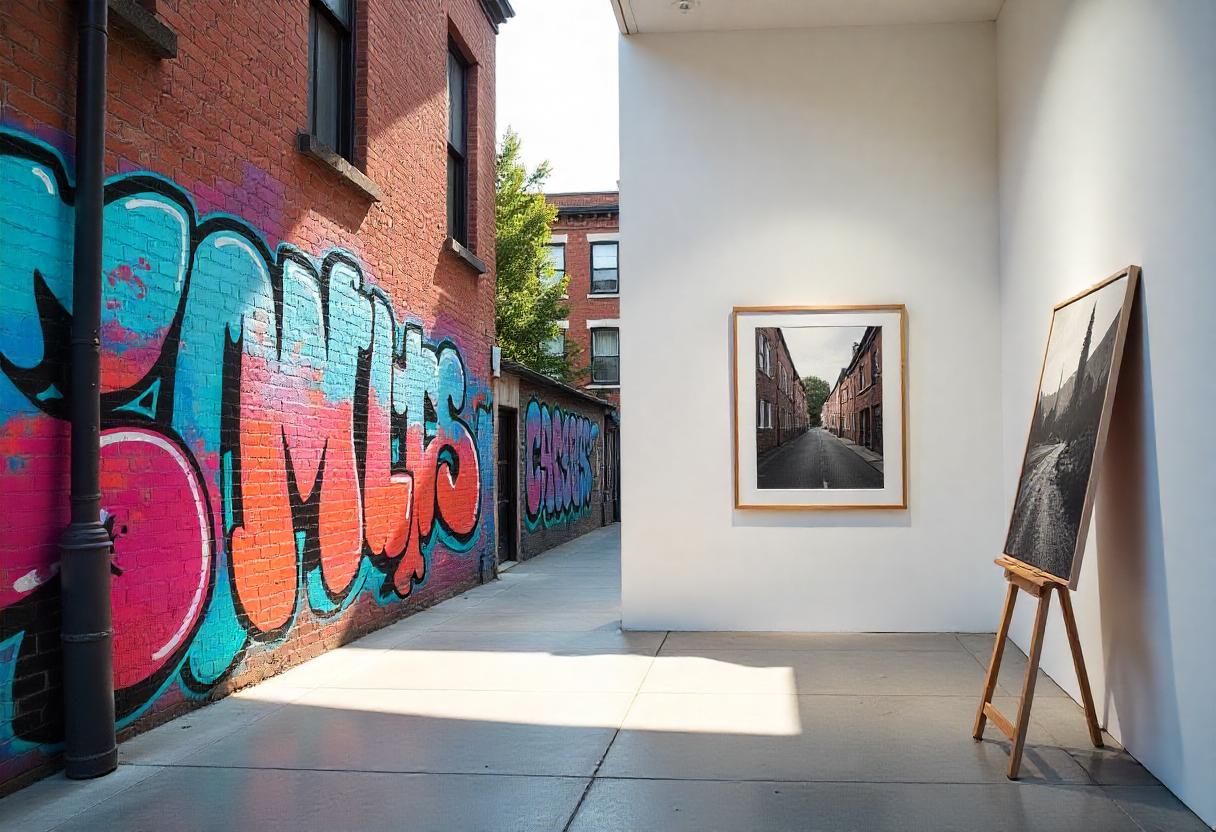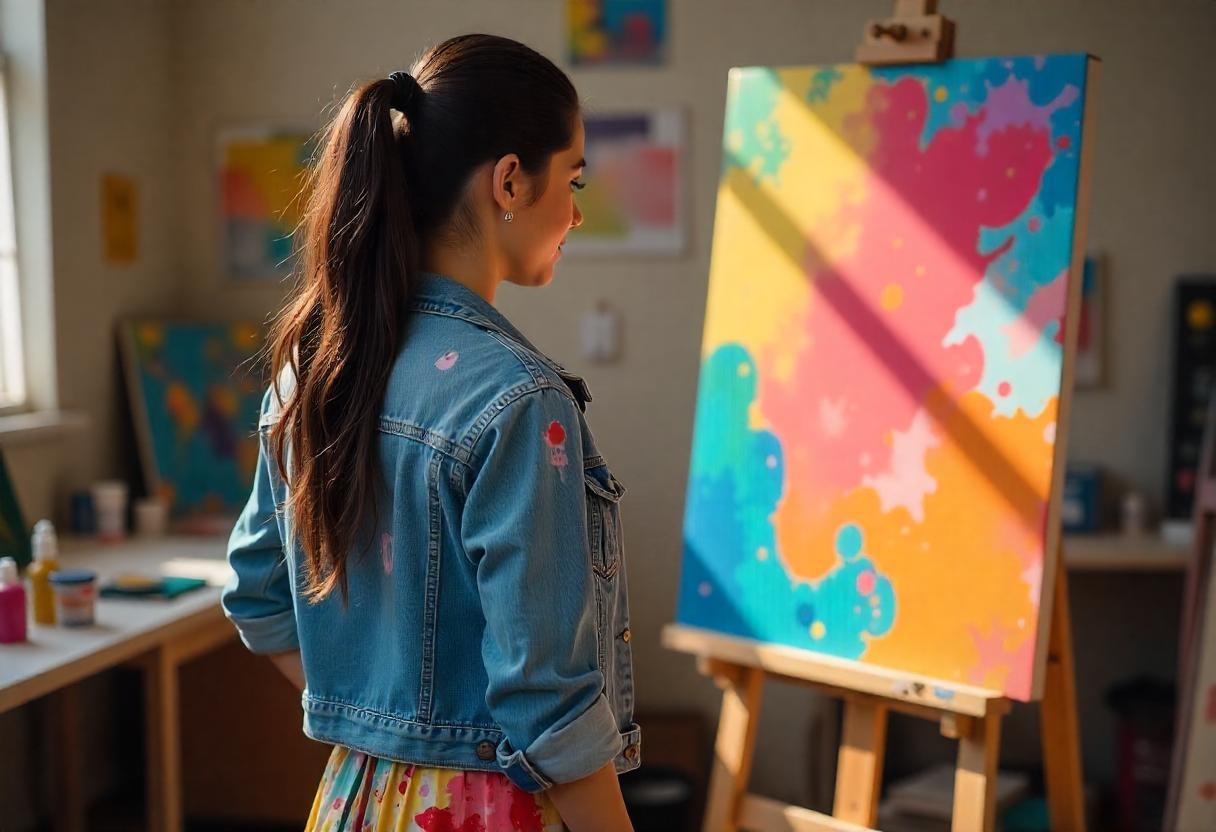From Pixels to Profit: Exploring NFTs in Digital Art
The paradigm shift of the digital art world and NFTs (Non-Fungible Tokens) are in full form. You may have heard about digital artists making millions by selling their artwork as NFTs. But what does this mean for students and aspiring digital artists? Is this a trend or a future to pursue?
Learning NFT and digital art is not an option but a necessity if you are stepping into this profession. Understanding blockchain-based assets will be a master key for your creative career.
This blog will give you a clear idea of how NFTs are reforming the world of art. Why are digital art courses important? And how AAFT’s approach to pixels and digital art can bring you success?
What Are NFTs in Digital Art?
Do you want free career counseling?
Ignite Your Ambitions- Seize the Opportunity for a Free Career Counseling Session.
- 30+ Years in Education
- 250+ Faculties
- 30K+ Alumni Network
- 10th in World Ranking
- 1000+ Celebrity
- 120+ Countries Students Enrolled
Non-fungible tokens are unique digital assets secured on a blockchain. These certify ownership of a digital file. It can be an image, animation, or video. In contrast to = cryptocurrencies, which are interchangeable, NFTs are unique.
For digital artists, this means holding on to the ownership and authenticity of their art. There’s no need for galleries, as artists can sell their work directly to owners. This direct seller-buyer concept is termed Direct Monetisation. Artists can earn royalties even after their work is resold.
Marketplaces like OpenSea, Rarible, and Foundation help artists reach a global audience without middlemen.
Book Now →
NFTs Lacked Significance in the Past
There were a lot of challenges that digital artists faced in the past before NFTs came into play. Claiming ownership, authenticity, and monetization of their own artwork was hard. So, bringing NFTs into the game is useful for every artist.
Read Also: The Future of Art: AI, Fine Arts, and the Rise of Creative Technology
1. Claiming Ownership
Back then, it was easy to copy, download, or share someone’s digital artwork. It was impossible to claim ownership and prevent illegal use.
Do you want free career counseling?
Ignite Your Ambitions- Seize the Opportunity for a Free Career Counseling Session.2. Limited Monetization
For digital artists, the only income was from commissions, stock image websites, or freelance projects. Unlike traditional artists, digital artists couldn’t sell their art in the direct market.
3. No Extra Income
Earlier, after selling an artwork, there was no way for artists to earn money from future resales. With NFTs, artists set royalty percentages to earn from secondary sales all the time.
4. Building Connections on Social Media & Clients
The hustle for visibility and clients’ attention was real. It was only available via Instagram, DeviantArt, or Behance. With NFTs, their artwork is now listed on blockchain-based marketplaces. This way, they can have direct access to buyers or investors globally.
5. Undistributed Art Community
Before NFTs, artists used to work in an isolated manner. Now, with NFT platforms everyone is connected. Also, artists, investors, and collectors are creating a strong profitable ecosystem.
NFTs: By the Numbers
Numbers don’t lie, and when it comes to NFTs, the statistics are impressive:
- In 2023, the NFT market was valued at $24 billion, and since then, it has continued to grow.
- For example, a digital artist sold his NFT artwork—Everydays: The First 5000 Days. For a record, it was $69 million at Christie’s.
- NFTs worked as a game changer for more than 80% of digital artists in the creative industry.
It’s important to learn how to create, market, and sell NFTs due to its gigantic potential.
Read Also: Courses After 12th Arts – Top Career Choices for Arts Students
NFTs Are a Game-Changer for Digital Artists
1. No Middleman
Initially, artists sold their work through art galleries and agents. Now, they can sell directly to collectors with full authority over their creations.
2. Authenticity and Copyright Protection
Blockchain technology makes every NFT unique. It allows tracing, which reduces the risk of art theft and plagiarism.
3. Passive Income Through Royalties
The original artist gets royalties as profit when their NFTs are resold. This was always missing in the traditional market.
4. Growing Career Opportunities
NFTs are not only for artists. Digital assets can turn into NFTs, benefiting 3D modelers, animators, and designers.
Students Journey in Digital Art & NFTs
Begin your learning journey by exploring NFTs and digital art.
- Take the first step by enrolling in a Digital Art or Animation course to learn the fundamentals.
- Understanding blockchain technology is important for digital artists. Learn to market your art.
- Tools are the weapons of digital artists. Master Blender, Photoshop, Procreate, and NFT production platforms.
- Building an online presence on social media, NFT communities, or a personal website. It will help you improve your skills and work.
- Learn and grow with other digital creators by collaborating with them.
Read Also: Top 10 Famous Fine Artists Who Transformed the World of Art
By taking planned digital art courses, students gain both creative and business skills.
AAFT’s Approach to Pixels and Digital Art
Turning your passion for digital art into a successful career is easy with the right institute. AAFT offers an industry-focused approach to every student. The real world is competitive and AAFT’s students are prepared to compete and win. Let your digital art skills flow in the industry with the guidance of experienced faculties.
Why Choose AAFT?
Mastering a skill is another challenge, but with the right approach, it is the easiest.
- Courses that focus on practical knowledge more than theoretical knowledge.
- Learn graphic design, VFX, 3D animation, and NFT creation.
- Master industry tools like Maya, Blender, Photoshop, and more.
- Professionals who teach you through their decade of experience with top studios and artists.
- Know how the real world operates by participating in exhibitions and competitions.
- Grow your network through collaborations and increase your online presence.
- Get access to internships, freelancing, and job opportunities.
Future of Digital Art & NFTs
Read Also: Fine Arts Courses After 12th: Admission, Eligibility, Fee & Scope
The future of NFTs in digital art is full of exciting possibilities:
1. NFT Integration in Gaming
- Metaverse and blockchain-based games are already integrating NFT assets. These are used for skins, weapons, and avatars.
- Games like Axie Infinity and Decentraland have proven how profitable digital assets can be.
2. Virtual Reality (VR) & Augmented Reality (AR) NFTs
- 3D artists and designers will soon create immersive NFT experiences in VR worlds.
3. NFT Marketplaces & New Monetization Models
- More platforms will emerge, offering better features, lower transaction fees, and AI-powered recommendations.
4. Cross-Industry Expansion
- NFTs will expand beyond art into music, films, fashion, and digital collectibles.
The future is bright for students exploring numerical art, animation, and blockchain-based design.
Read Also: Professional Courses After 12th Arts: Top Options, Eligibility, and Career
Take Away
The world is shifting towards digital art and NFTs are leading this change. As a graphic designer, animator, or game artist, understanding how to influence blockchain technology can set you apart in the industry.
Students can learn the skills needed by enrolling in digital art courses. With AAFT’s comprehensive approach to digital art education, you’ll get technical and entrepreneurial skills to make a mark in the NFT space.
Are you ready to turn your pixels into profit? Join AAFT’s digital art program today and start shaping your future in the world of NFTs!

AAFT has been providing the world with limitless creativity and expression since 1993! Through a dynamic and industry-driven curriculum, AAFT provides engaging and captivating articles to persuasive blogs and empowers its readers to explore diverse avenues of creative media education-related content.





